Are you interested in military history? These are the must-visit war museums in Warsaw:
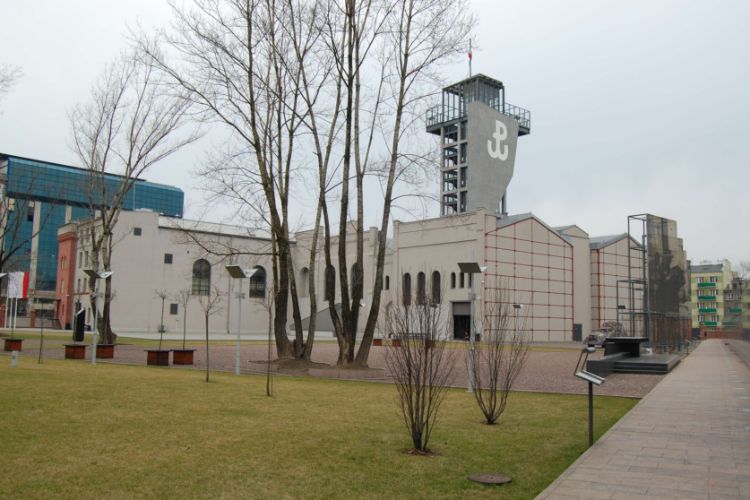
Warsaw Uprising Museum
WarsawThe Warsaw Uprising Museum (Muzeum Powstania Warszawskiego) is a historical museum in Warsaw that illustrates the events of the Warsaw Uprising, which lasted from 1 August to 2 October 1944. On the one hand, the permanent exhibition shows the insurgents' commitment to a free Poland and, on the other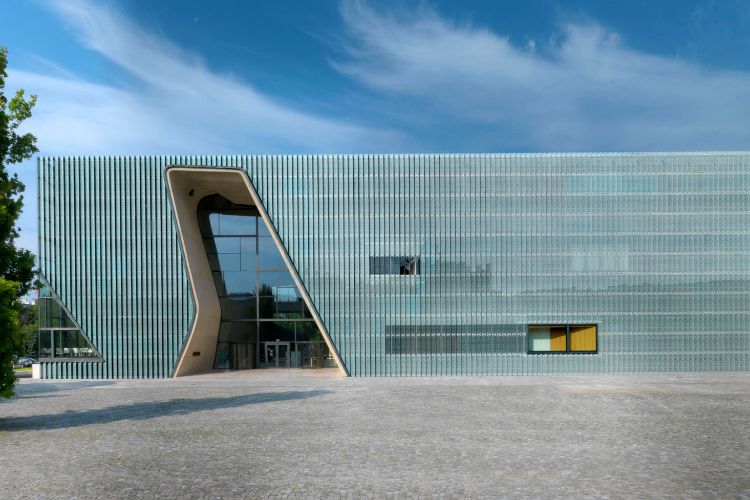
POLIN Museum of the History of Polish Jews
WarsawThe POLIN Museum of the History of Polish Jews is a museum in Warsaw that is dedicated to the history of Judaism in Poland. The museum is located on the site of the former Warsaw ghetto, opposite the memorial commemorating the 1943 uprising in the ghetto. The exhibition covers consists of eight gall
Polish Army Museum
WarsawThe Polish Army Museum (Muzeum Wojska Polskiego) traces Poland's military history and is mostly housed in a wing of the Polish National Museum in Warsaw. The museum is the largest military museum in Poland and the second largest museum in Warsaw with over 250,000 exhibits. The objects relate to the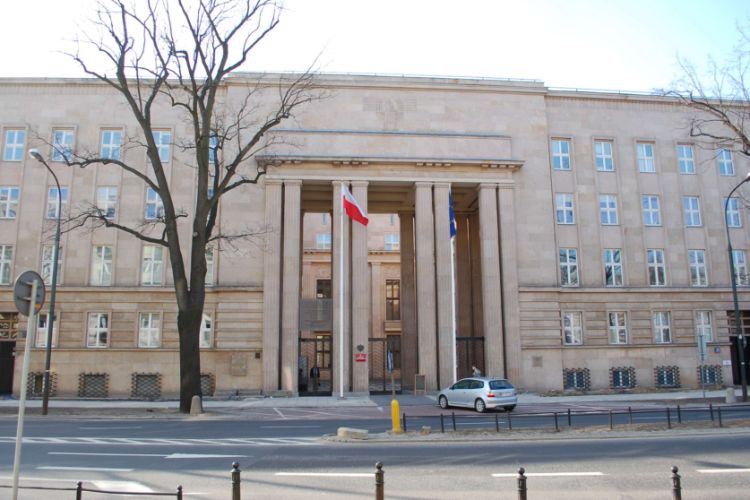
Mausoleum of Struggle and Martyrdom
WarsawThe Mausoleum of Struggle and Martyrdom (Mauzoleum Walki i Męczeństwa) in Warsaw is located in the basement of the former headquarters of the Gestapo during the occupation of Warsaw by German troops during World War II. In the former prison today the then detained, tortured and murdered are commemor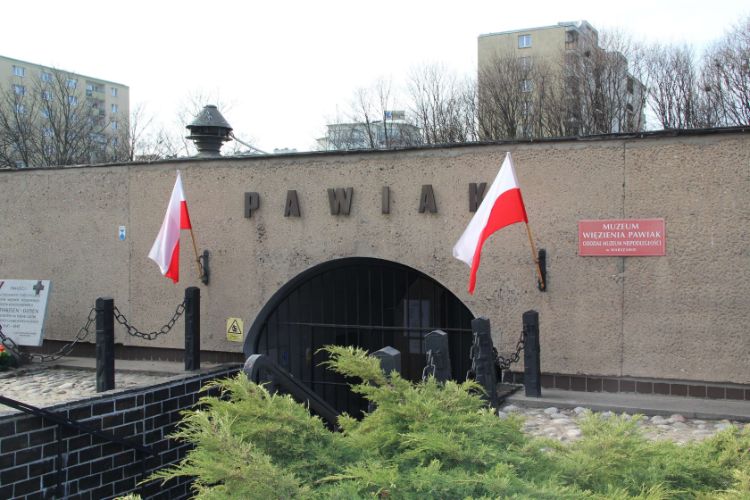
Pawiak Prison Museum
WarsawPawiak was a prison in Warsaw that was built in 1835. During the January 1863 Uprising, it served as a transfer camp for Polish people sentenced by Imperial Russia to deportation to Siberia. During the World War II, the Pawiak Prison became part of the Nazi concentration-death camp apparatus. In 194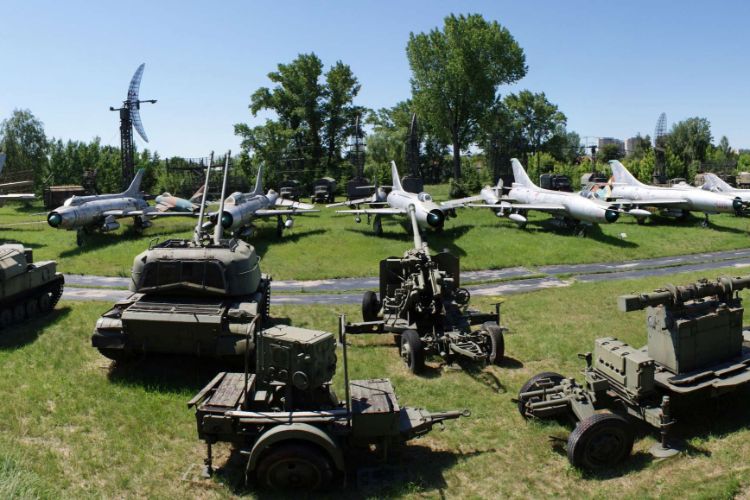
Museum of Polish Military Technology
WarsawThe Museum of Polish Military Technology (Muzeum Polskiej Techniki Wojskowej) is located at the former Fort IX of the Warsaw Fortress in Sadyba in Warsaw's Mokotów district. Together with the Katyń Museum Warsaw, which is also housed here, it is a branch of the Museum of the Polish Army. The fortres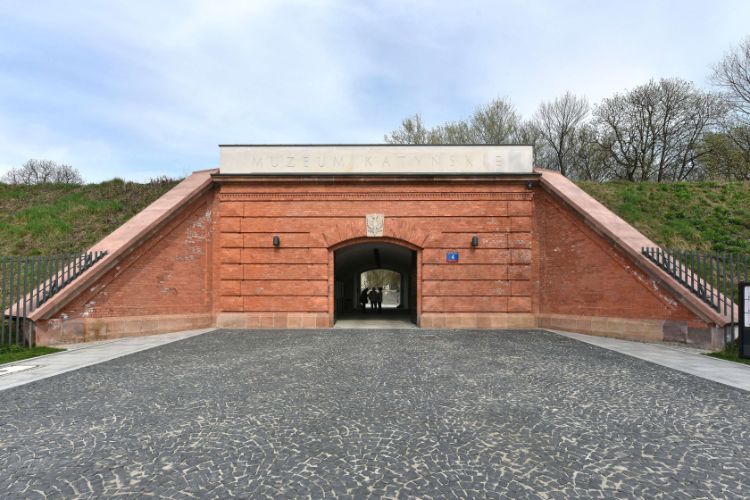
Katyn Museum
WarsawThe Katyn Museum (Muzeum Katyńskie) in Warsaw houses an exhibition on the prehistory, the development and the consequences of the Katyn massacre, in which around 4,000 Polish officers were murdered in 1940 by the Soviet secret service NKVD. The museum was established in 1993 and is located in the Po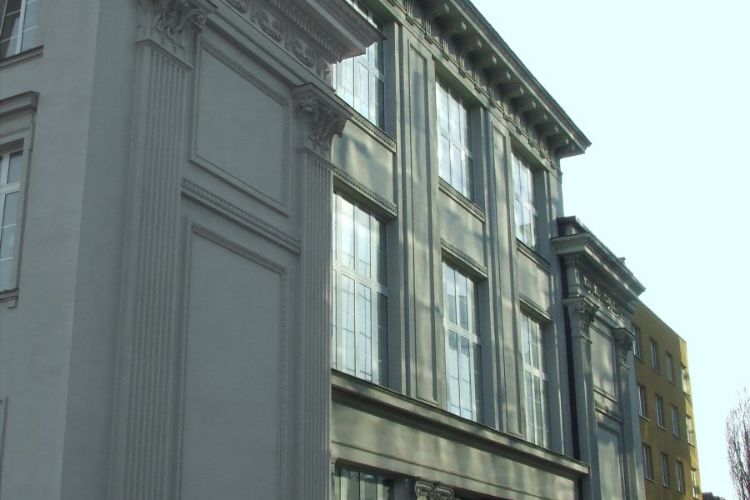
Jewish Historical Institute
WarsawThe Jewish Historical Institute (Żydowski Instytut Historyczny, ŻIH) in Warsaw houses one of the most significant collections on Jewish history in Poland, including the Ringelblum Archive (the Warsaw Ghetto, also called Oneg Shabbat) that contains about 6000 documents, and is an important research f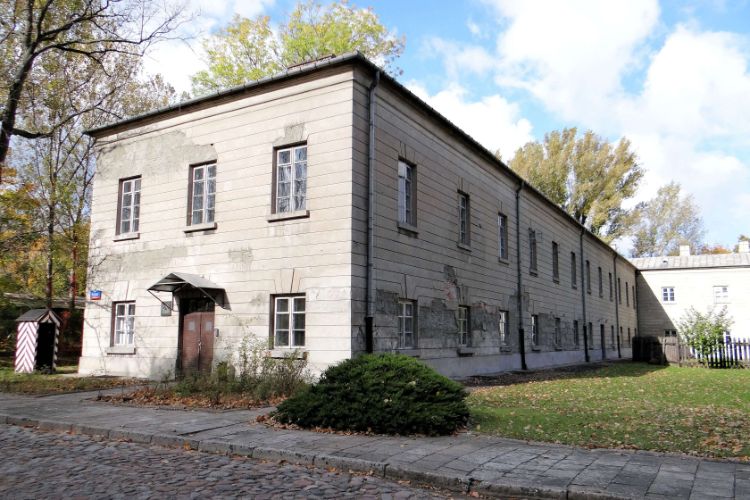
Museum of Pavilion X
WarsawThe Xth Pavilion of the Citadel Warsaw (X Pawilon Cytadeli Warszawskiej) is a former prison on the grounds of the Warsaw Citadel. Today it is host to one of the most important museums on martyrdom in Poland. Three permanent exhibitions are shown in the museum. The first exhibition traces the struggl
Museum of Independence
WarsawThe Museum of Independence (Muzeum Niepodległości) is a museum in Warsaw that is located in the former Przebendowski Palace. Besides this location, the Museum of Independence has the following branches: the X Pavilion Museum at the Warsaw Citadel, the Museum of Pawiak Prison and the Mausoleum of Str